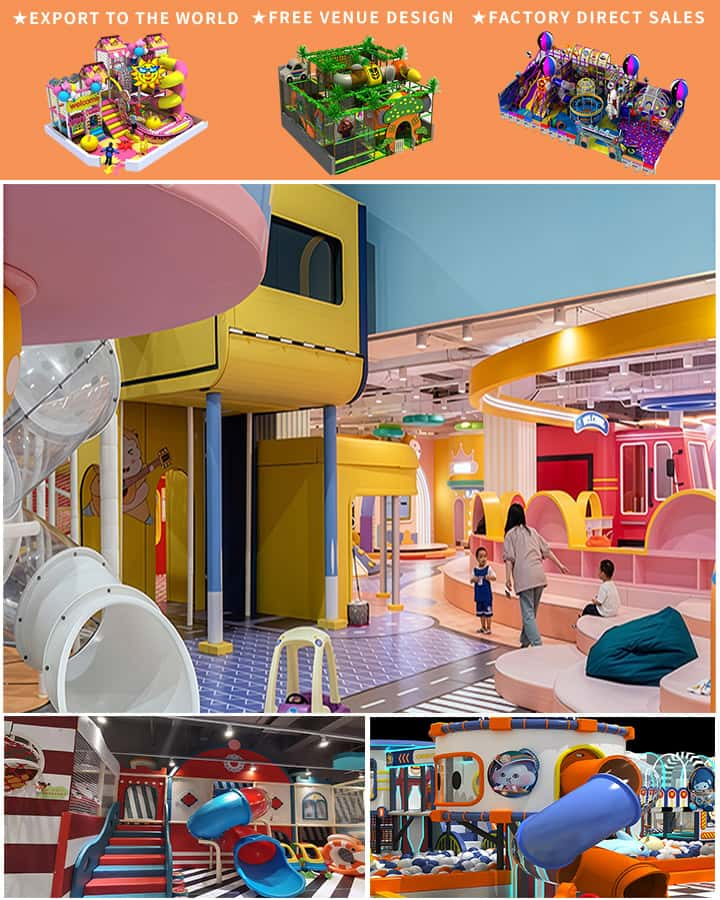In every vibrant community, one of the most essential features is a well-designed kids’ play area. These spaces are not merely zones for children to expend energy; they serve as vital hubs for physical development, social interaction, and imaginative exploration. The thoughtful creation of such areas can greatly enhance the quality of life for both youngsters and their families.
Importance of Kids’ Play Areas
Kids’ play areas are crucial for several reasons. Firstly, they provide a safe environment where children can engage in physical activities that are fundamental for their growth and development. Climbing structures, slides, swings, and seesaws offer excellent opportunities to improve motor skills, coordination, and balance. Secondly, these areas foster social development. As children interact with their peers, they learn vital social skills such as sharing, teamwork, and conflict resolution. Finally, play areas stimulate cognitive and creative thinking. Whether it’s a sandbox encouraging imaginative play or a quiet corner perfect for reading, these spaces allow children to explore different facets of creativity and intellect.
Elements of a Great Kids’ Play Area
Designing a stellar kids’ play area involves more than just placing a few pieces of playground equipment in an open field. Here are some key elements to consider:

Safety First: Safety should always be the top priority. Surfaces should be made from impact-absorbing materials like rubber mulch or foam to prevent injuries from falls. Equipment must meet safety standards and be regularly inspected and maintained.
Variety of Equipment: A range of play structures keeps activities engaging. Include climbing frames, swings, slides, balance beams, and spinners. For younger children, consider toddler-friendly options like small slides and soft play areas.
Inclusive Design: Ensure the play area is accessible to all children, including those with disabilities. Incorporate wheelchair-accessible pathways, sensory play equipment, and adaptive swings.
Natural Elements: Integrating natural elements like grass, trees, and water features not only makes the area visually appealing but also provides additional educational value. Kids can learn about nature and enjoy activities such as digging, collecting leaves, or simply relaxing in a green space.
Seating for Parents: Comfortable seating areas for parents and caregivers encourage them to supervise while providing a place to relax. Install benches with back support and shaded areas to protect against sun and rain.
Educational Opportunities: Consider adding elements that promote learning. Interactive games, puzzles, chalkboards, and informational signs about local wildlife or plants can turn playtime into an educational experience.
Community Involvement
Creating a successful kids’ play area often requires input and involvement from the community. Local governments, schools, and neighborhood associations can collaborate to gather feedback from residents about what they want in a play area. Engaging the community ensures that the final product meets the needs and preferences of the children who will use it most.
Conclusion
Kids’ play areas are much more than simple recreational spaces; they are integral to the well-being and development of children. By focusing on safety, variety, inclusivity, natural elements, comfort for parents, and educational opportunities, communities can create enriching environments where children thrive. Investing time and resources into these areas not only benefits individual children but also strengthens the overall community fabric. So, let us continue to prioritize and enhance these vital spaces, ensuring our youngest members have ample opportunities to play, learn, and grow.




